If you’ve ever stared at a 3D render bar crawling at 5%, you know the feeling: creativity on pause. The scene is perfect — lighting, textures, reflections — but your workstation hums like it’s struggling to breathe.
That’s not just impatience. It’s a hardware bottleneck. And for modern 3D creators juggling 4K textures, physics simulations, and AI-assisted modeling, that bottleneck lives in one place — compute performance and cooling efficiency.
GPU server cases exist to fix that. Not with magic, but with smarter airflow, scalable power, and the stability that keeps your imagination uninterrupted.
From Canvas to Compute — Why It Matters
Think of 3D creation as a conversation between art and math. Every detail — hair, glass, smoke — is a physics equation rendered in color. And every frame demands raw GPU power.
Once, a single workstation could handle it. Now, creators work with 8K assets, VR worlds, and real-time ray tracing. One cinematic frame can easily chew through hundreds of gigabytes.
That’s where GPU server cases come in — not just to “hold” your GPUs, but to turn your creative setup into a performance-optimized ecosystem.
The Engineering Behind the Magic
A good GPU server case is less about aesthetics and more about airflow, stability, and scalability. It’s the quiet enabler that keeps GPUs running at peak performance while preventing thermal throttling — something standard desktop cases just can’t do for long renders.
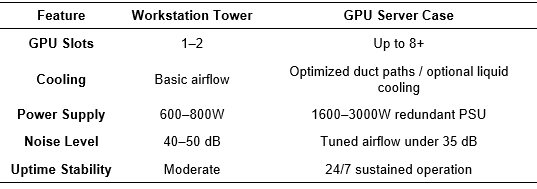
That difference might sound small — until you’ve rendered overnight only to wake up to a crash. GPU server cases like those from ONECHASSIS are built to prevent exactly that: uninterrupted performance, clean power, and smart airflow designed for parallel GPU loads.
Real-World Power — How Studios Scale Smarter
Numbers speak louder than specs. Here’s what happens when creators upgrade from standard workstations to GPU server setups.

Example 1: Mid-Size Animation Studio (Seoul) Four GPU chassis with NVIDIA A100s cut episode render time in half, saving almost a week per production cycle.
Example 2: Independent 3D Artist (Madrid) Using a 4U GPU case, architect Maria Alvarez brought rendering in-house — achieving near-studio output without outsourcing to render farms.
“For the first time, I could preview lighting changes instantly. That freedom changed how I create.”
That’s the story repeating across studios: faster iterations, fewer crashes, and more creative flow.
Cooling Logic — Quiet Power, Real Stability
Long renders aren’t just about speed — they’re about survival. Thermal throttling can ruin a deadline faster than a missed frame.
Air Cooling vs Liquid Cooling

GPU server cases like those from ONECHASSIS are built with separated airflow zones, hot-swap fans, and ducted designs that keep every GPU under safe temperatures — even during 24/7 workloads.
Result: less fan noise, longer hardware life, and a calmer studio space.
“The best gear is the one you don’t have to think about — it just works.”
The Future of 3D Rendering — Smarter, Scalable Creativity
Tomorrow’s 3D pipeline isn’t just about more GPUs — it’s about smarter infrastructure. AI-driven workflows, neural rendering, and real-time virtual production are redefining how creators work.
Next-gen GPU server cases are evolving to match:
· Hybrid air-liquid cooling for high-density GPU clusters
· Tool-less modular bays for rapid upgrades
· Edge-ready chassis for on-site collaboration in virtual studios
For creators, that means a future where technical limits never interrupt creative flow.
Quick Builder Tips
· Keep GPU temps below 80°C for sustained performance
· Maintain a balanced intake/exhaust airflow
· Clean dust filters every 3–6 months
· Use redundant PSU for continuous uptime
· Leave 2–3 cm clearance for smoother front intake
These are the same practices hardware engineers at ONECHASSIS apply when testing chassis for data centers, render farms, and creative studios alike.
→ Explore how the right GPU server case can reshape your 3D workflow at onechassis.com.



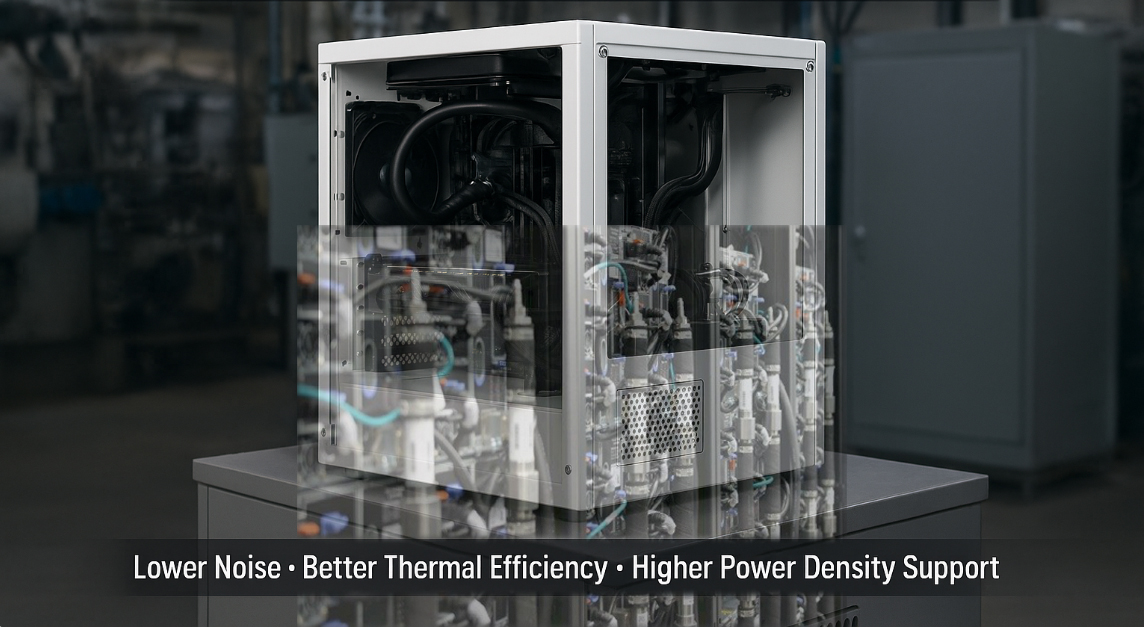 Inevitable Liquid-Cooled System
Inevitable Liquid-Cooled System
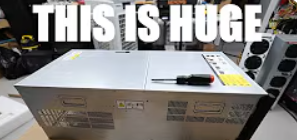 "INSANE 7U GPU Server! 8x RTX 5090 Build for AI & GPU Rentals"
"INSANE 7U GPU Server! 8x RTX 5090 Build for AI & GPU Rentals"
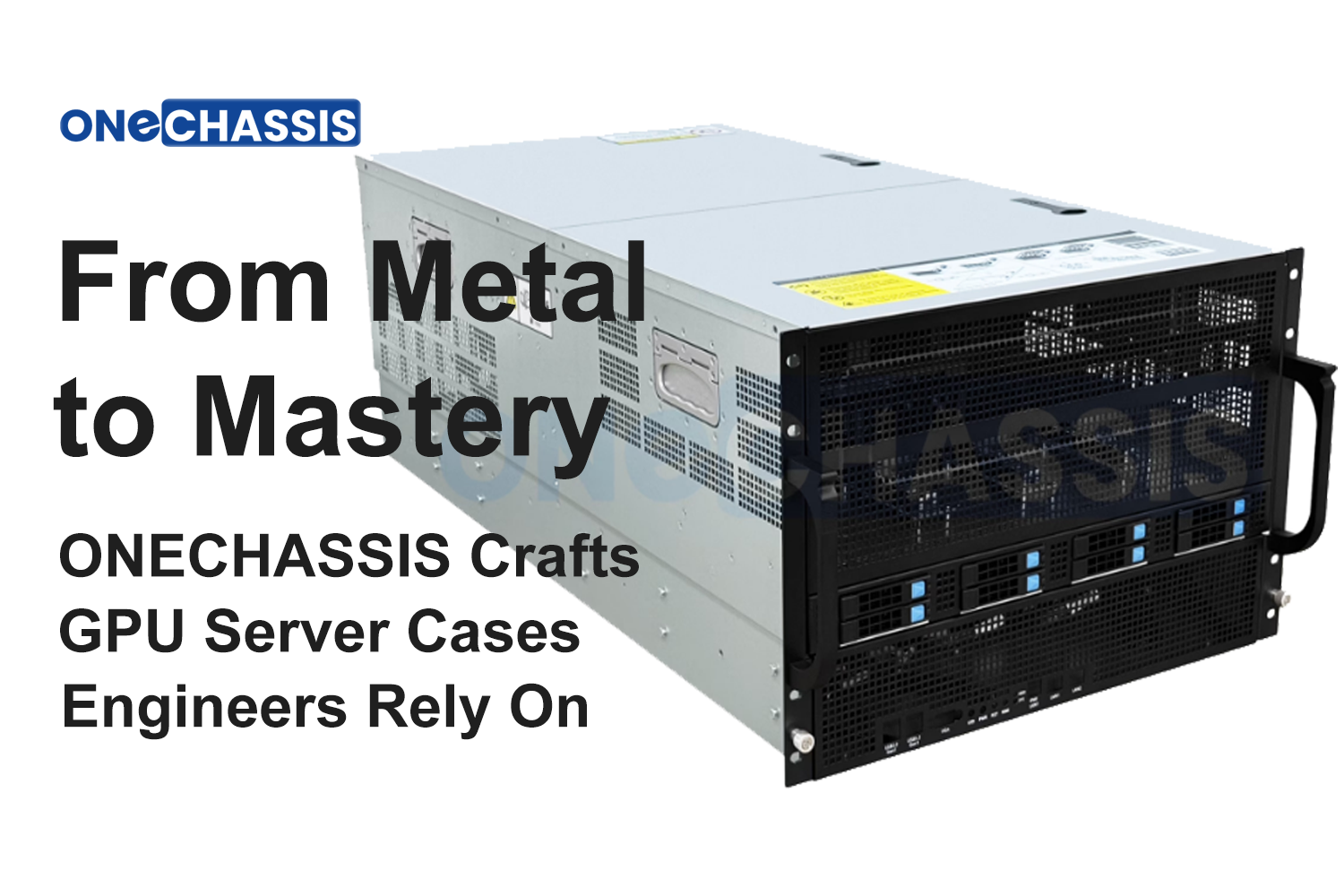 From Sheet Metal to Stability: How ONECHASSIS Crafts GPU Server Cases Engineers Rely On
From Sheet Metal to Stability: How ONECHASSIS Crafts GPU Server Cases Engineers Rely On
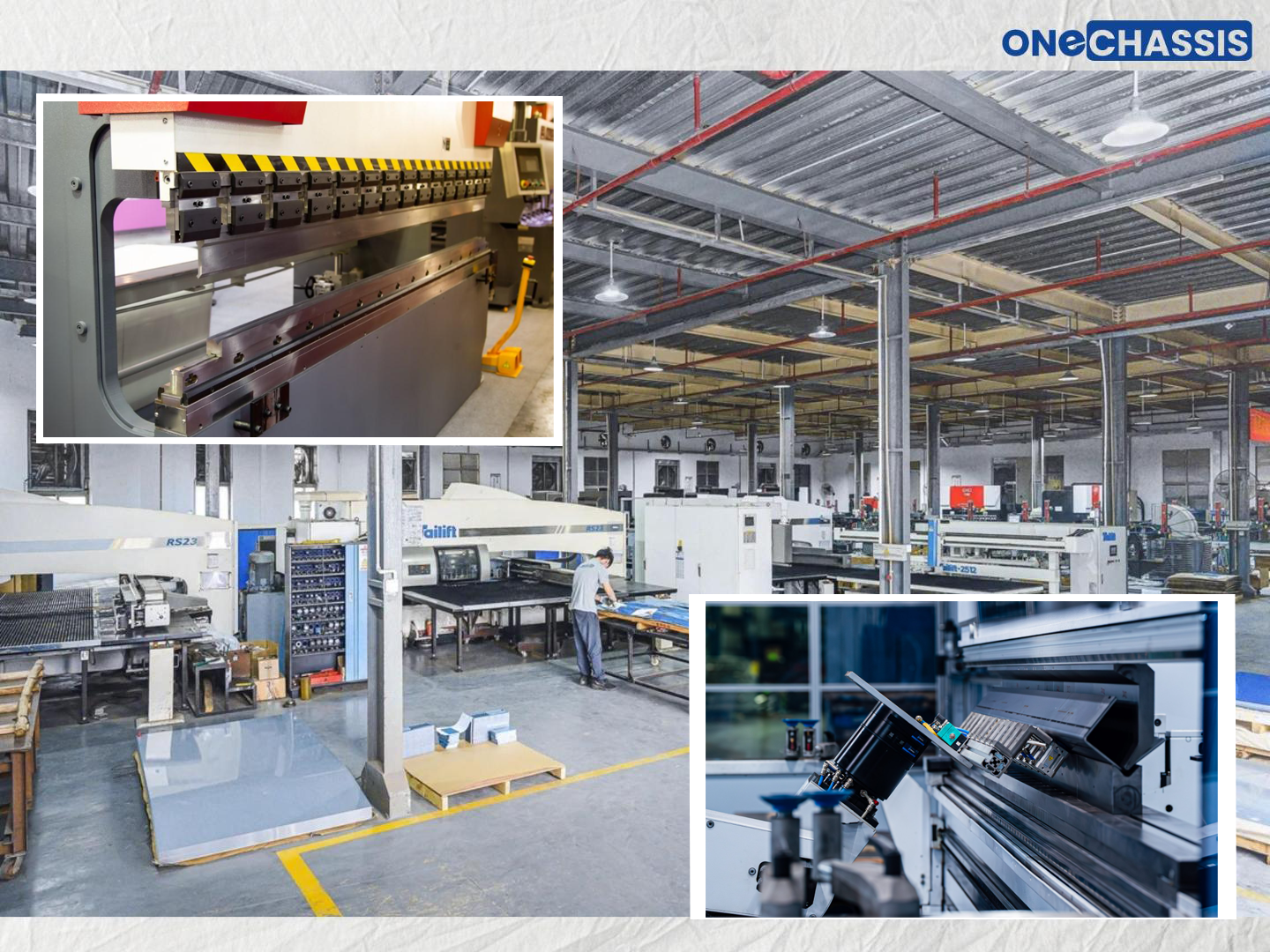 How We Build GPU Server Cases That Engineers Trust? (From Sheet Metal to Stability)
How We Build GPU Server Cases That Engineers Trust? (From Sheet Metal to Stability)

